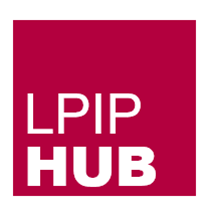How can we make places better by shaping policy around what is valuable to local communities?
If people-centred approaches are not just a nice to have, how should they be embedded into policy and practice? For our elected representatives to fully represent us, they need to understand what people-in-place want, and as Justin O’Connor has pointed out, “looking to the social and cultural infrastructure at a local level is a practical first stepping stone in a wider revival of a democratic culture.” (O’Connor 2024, p174).
However, there are problems with this first stepping stone, as the Bennett Institute for Public Policy have noted – there is a “slow-burning crisis of local cultural provision” which is particularly acute at local and regional levels. They suggest that policy-makers could “start thinking in more rigorous and systematic ways about the kinds of value created by the spaces, opportunities and activities that promote cultural and artistic activity and exchange in places”. This broadens out the scope of ‘cultural infrastructure’ beyond bricks and mortar, but how do communities have a voice in that infrastructure, and how does that feed back into policy?
This leads to the focus of my Innovation Fellowship which explores place-based cultural intervention models, how they are governed, and how they engage with communities. A better understanding of the complexities, challenges and opportunities can support collaborative capacity: place-based networks of people, institutions and policy working together for collective benefit.
Objectives
The Fellowship project has three broad areas of investigation into how community voice is included in policy via cultural infrastructures.
Approaches to place-based cultural intervention at multiple scales
I’m particularly interested in the consideration and inclusion of communities in the making of policy. How does policy use cultural infrastructure and where does community voice feature? Which voices are heard in this context too – are community voices reflective/representative of the demographics of that place?
Community and ‘grassroots’ experiences and perspectives on engagement with policy
Building on the area above, this part of the investigation looks at specific cultural interventions to explore how culturally engaged community groups navigate the place-policy landscape.
Analysis and reflection on governance of these models
This element wraps around the primary research to explore how these community experiences connect with cultural infrastructure and policy interventions, and how/where collaborative capacity might be developed further.
The Team
Victoria Barker, BA Innovation Fellow
Project lead contact details:
Blog
People, Place and Value: British Academy Innovation Fellowship Within the LPIP Hub,
June 2025
